Home>Home Appliances>Home Automation Appliances>How To Connect Aux To Alexa
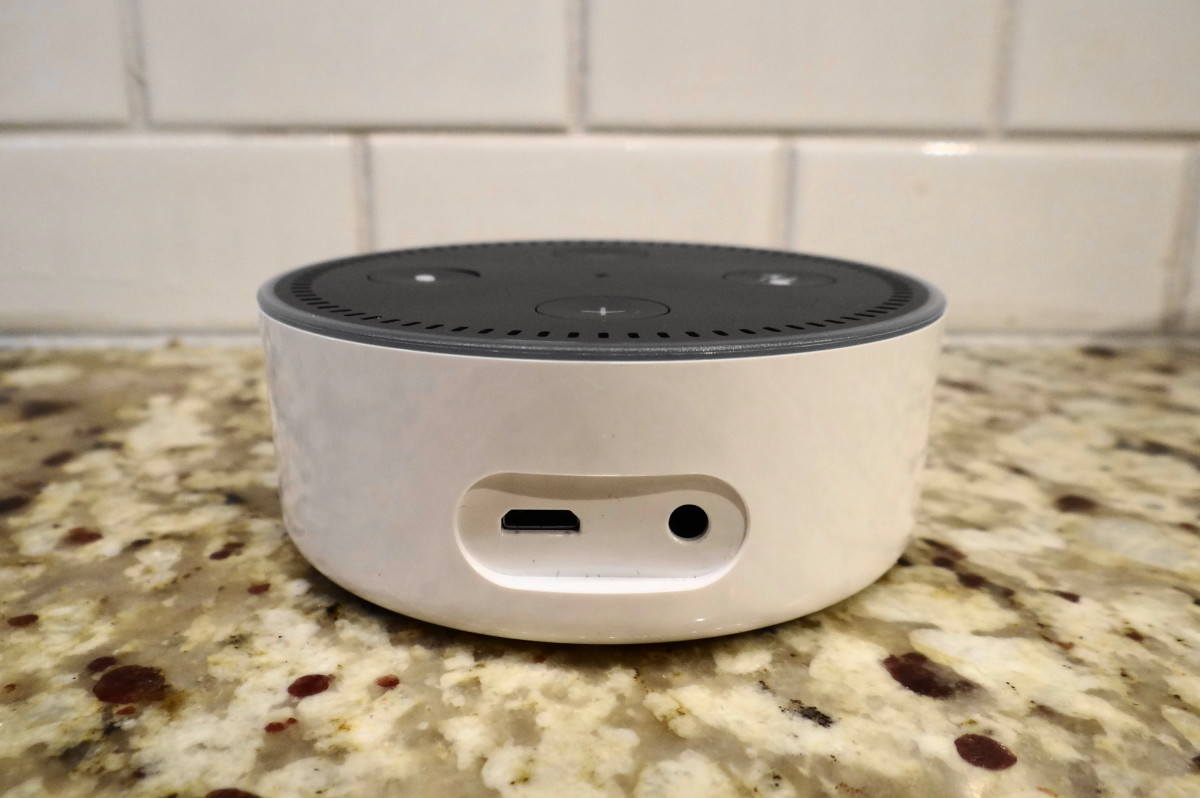

Home Automation Appliances
How To Connect Aux To Alexa
Published: December 31, 2023
Learn how to connect aux to Alexa for seamless integration with your home automation appliances. Enhance your smart home experience today!
(Many of the links in this article redirect to a specific reviewed product. Your purchase of these products through affiliate links helps to generate commission for Storables.com, at no extra cost. Learn more)
Introduction
Welcome to the world of smart home technology, where convenience and connectivity converge to simplify everyday living. In this article, we will delve into the seamless integration of auxiliary (aux) devices with the ever-popular Amazon Alexa, a virtual assistant that has revolutionized the way we interact with our homes.
The ability to connect aux to Alexa opens up a realm of possibilities, allowing you to stream music, podcasts, and other audio content through your Alexa-enabled devices. Whether you're hosting a gathering, unwinding after a long day, or simply going about your daily routine, this integration enhances your auditory experience while leveraging the power of voice commands.
By understanding the intricacies of connecting aux to Alexa, you can unlock the full potential of your smart home ecosystem. From the basics of aux connectivity to troubleshooting common issues, this guide will equip you with the knowledge and confidence to seamlessly integrate these technologies. So, let's embark on this journey of connectivity and discovery, as we explore the art of connecting aux to Alexa.
Key Takeaways:
- Elevate your audio experience by connecting aux to Alexa, seamlessly streaming music and podcasts through voice commands for a hands-free, immersive experience in your smart home.
- Troubleshoot with ease! Address common issues when connecting aux to Alexa by checking cable connections, adjusting volume levels, and staying informed about device compatibility.
Read more: How To Use Alexa As A Speaker Aux
Understanding Aux and Alexa
Before delving into the process of connecting aux to Alexa, it’s essential to grasp the fundamentals of both technologies. The term “aux” typically refers to the auxiliary input found on various electronic devices, such as speakers, home stereo systems, and car audio systems. This input serves as a gateway for connecting external audio sources, allowing you to channel audio from one device to another.
On the other hand, Amazon Alexa represents a sophisticated voice-controlled virtual assistant, integrated into a range of smart devices such as Echo speakers, smart displays, and even third-party products. Alexa is designed to respond to voice commands, execute tasks, and provide a myriad of services, including playing music, setting reminders, controlling smart home devices, and fetching information from the web.
When you connect an aux cable to an Alexa-enabled device, you effectively harness the power of Alexa to amplify and control the audio output. This integration enables you to play music from external devices through your Alexa-enabled speaker, leveraging Alexa’s intuitive voice commands to manage the audio playback seamlessly.
By understanding the roles of aux inputs and Alexa’s capabilities, you can appreciate the synergy that emerges when these technologies converge. The versatility of aux connections and the intelligence of Alexa come together to elevate your audio experience, offering a seamless and intuitive means of enjoying your favorite tunes and audio content.
Now that we’ve established a foundational understanding of aux and Alexa, let’s proceed to the next phase: the process of connecting aux to Alexa.
Connecting Aux to Alexa
The process of connecting an aux device to Alexa is surprisingly straightforward, requiring minimal effort and technical expertise. To begin, you’ll need an aux cable with a 3.5mm audio jack on both ends. This cable serves as the conduit for transmitting audio from your external device to your Alexa-enabled speaker or smart display.
Here’s a step-by-step guide to connecting aux to Alexa:
- Locate the Aux Input: Identify the aux input on your Alexa-enabled device. This input is typically found on the back or side of the device and is labeled as “Aux In” or “Line In.”
- Plug in the Aux Cable: Insert one end of the aux cable into the aux input on your Alexa-enabled device. Ensure that the connection is secure to prevent audio distortion or disconnection during use.
- Connect the External Device: Take the other end of the aux cable and connect it to the audio output of your external device, such as a smartphone, tablet, or laptop. This establishes the physical link between the two devices, allowing audio to be transmitted to the Alexa-enabled device.
- Activate Alexa: Power on your Alexa-enabled device and ensure that it is ready to receive input. Depending on the device, you may need to say “Alexa, switch to aux input” or use the device’s interface to select the aux input as the active audio source.
- Play Audio Content: Once the aux connection is established and the Alexa-enabled device is set to receive input from the aux source, play your desired audio content on the external device. Whether it’s music, a podcast, or any other audio, Alexa will amplify and control the playback based on your voice commands.
With these simple steps, you can seamlessly integrate your aux device with Alexa, unlocking the potential for immersive audio experiences and effortless control through voice commands.
It’s important to note that the specific steps for activating the aux input and controlling the audio playback may vary slightly depending on the model of your Alexa-enabled device. Always refer to the device’s user manual or online resources for detailed instructions tailored to your particular device.
Now that you’ve successfully connected your aux device to Alexa, you’re poised to enjoy a seamless audio experience enhanced by the intuitive capabilities of Alexa.
You can connect an aux cable to Alexa by using a 3.5mm audio cable. Simply plug one end into the aux input on your Alexa device and the other end into the audio output of your external device, such as a phone or computer. Then, use voice commands or the Alexa app to play audio through your Alexa device.
Troubleshooting
While connecting aux to Alexa is typically a smooth process, occasional hiccups or issues may arise. Here are some common troubleshooting steps to address potential challenges:
- Check Cable Connections: Ensure that the aux cable is securely connected to both the aux input on your Alexa-enabled device and the audio output of your external device. Loose connections can lead to audio distortion or a lack of sound output.
- Verify Device Compatibility: Confirm that your external device, such as a smartphone or tablet, is compatible with the aux input on your Alexa-enabled device. Some devices may require specific settings or adapters to establish a successful connection.
- Adjust Volume Levels: If you’re experiencing low or inaudible sound, check the volume levels on both your external device and the Alexa-enabled device. Ensure that the volume is appropriately adjusted on both devices to facilitate optimal audio output.
- Restart Devices: In some cases, restarting your Alexa-enabled device and the external audio source can resolve connectivity or playback issues. Power off both devices, wait for a few moments, and then power them back on to reset their respective configurations.
- Update Firmware and Software: Check for firmware or software updates for your Alexa-enabled device and the external device. Keeping both devices up to date can address compatibility issues and improve overall performance.
- Reset Device Settings: If persistent issues persist, consider resetting the settings on your Alexa-enabled device related to the aux input. This can help clear any configuration conflicts that may be impeding the proper functioning of the aux connection.
If you encounter persistent issues despite attempting these troubleshooting steps, it’s advisable to consult the user manual for your Alexa-enabled device or reach out to the manufacturer’s support resources for further assistance. Additionally, online forums and communities dedicated to smart home technology may provide insights from other users who have encountered similar challenges.
By addressing potential issues with patience and a systematic approach, you can optimize the connectivity between your aux device and Alexa, ensuring a seamless and enjoyable audio experience.
Conclusion
As we conclude our exploration of connecting aux to Alexa, it’s evident that this integration offers a myriad of benefits, enhancing your audio experiences and seamlessly integrating with your smart home ecosystem. By leveraging the versatility of aux connections and the intuitive capabilities of Alexa, you can effortlessly stream music, podcasts, and other audio content through your Alexa-enabled devices, all controlled by your voice commands.
Whether you’re hosting a lively gathering, relaxing at home, or simply seeking a hands-free audio experience, the fusion of aux and Alexa empowers you to curate your auditory environment with unparalleled ease and convenience. The process of connecting aux to Alexa is straightforward, requiring only a simple aux cable and a few basic steps to establish the physical and digital connections between your devices.
Furthermore, the troubleshooting steps outlined ensure that you can address potential challenges with confidence, fostering a seamless and uninterrupted audio experience. By verifying cable connections, adjusting volume levels, and staying informed about device compatibility, you can navigate and resolve common issues that may arise during the integration process.
As technology continues to evolve, the synergy between aux and Alexa exemplifies the seamless convergence of traditional audio connectivity and cutting-edge voice-controlled smart home technology. This integration represents a harmonious marriage of convenience, entertainment, and innovation, enriching your daily routines and leisure moments with immersive audio experiences.
Ultimately, the connection between aux and Alexa transcends mere functionality; it embodies the spirit of modern living, where effortless connectivity and intuitive control converge to elevate the way we interact with our homes and the technology within them. So, embrace the potential of connecting aux to Alexa, and unlock a world of audio possibilities that seamlessly integrate with your smart home lifestyle.
With this comprehensive understanding of connecting aux to Alexa, you’re poised to embark on a journey of enhanced audio experiences, all at the command of your voice.
Frequently Asked Questions about How To Connect Aux To Alexa
Was this page helpful?
At Storables.com, we guarantee accurate and reliable information. Our content, validated by Expert Board Contributors, is crafted following stringent Editorial Policies. We're committed to providing you with well-researched, expert-backed insights for all your informational needs.
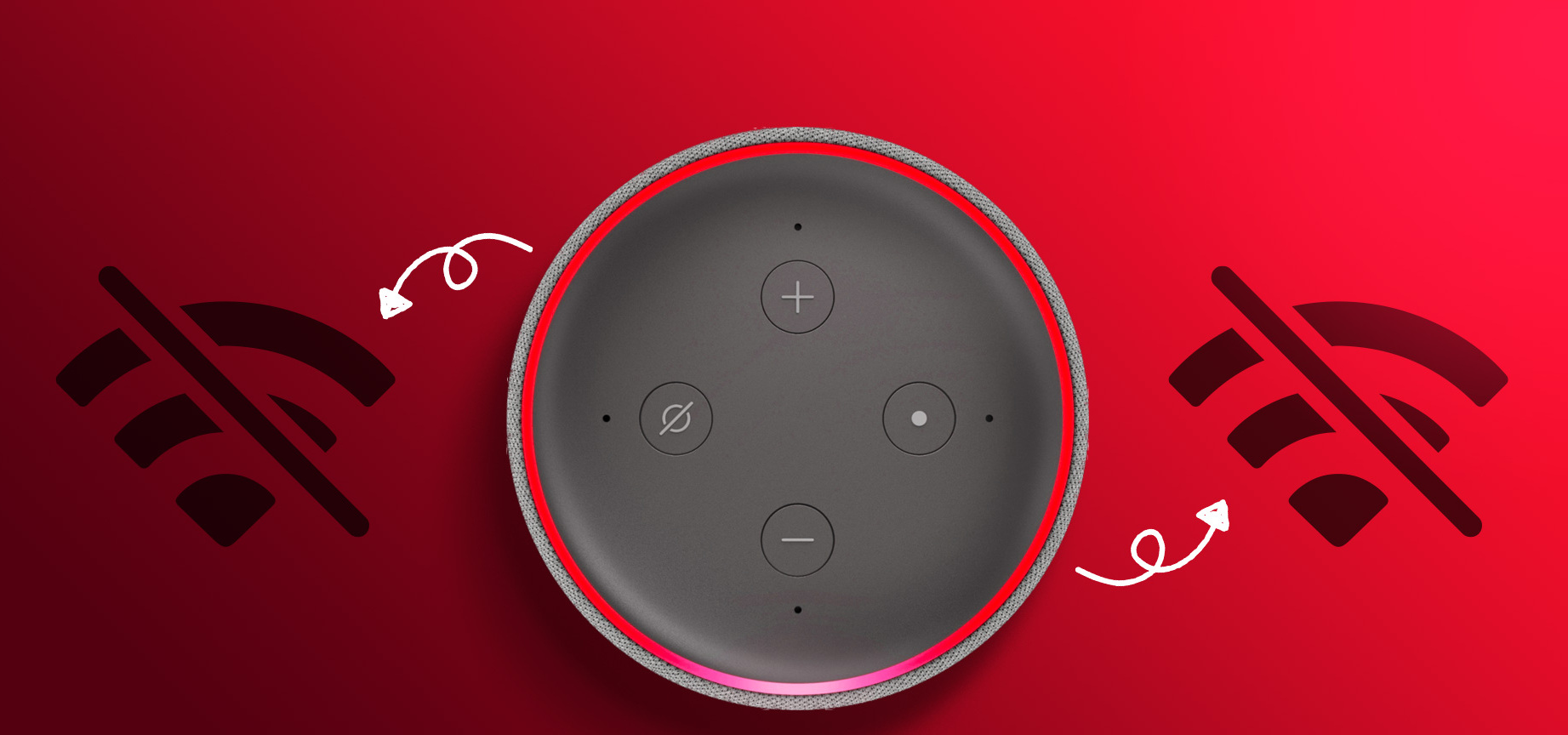
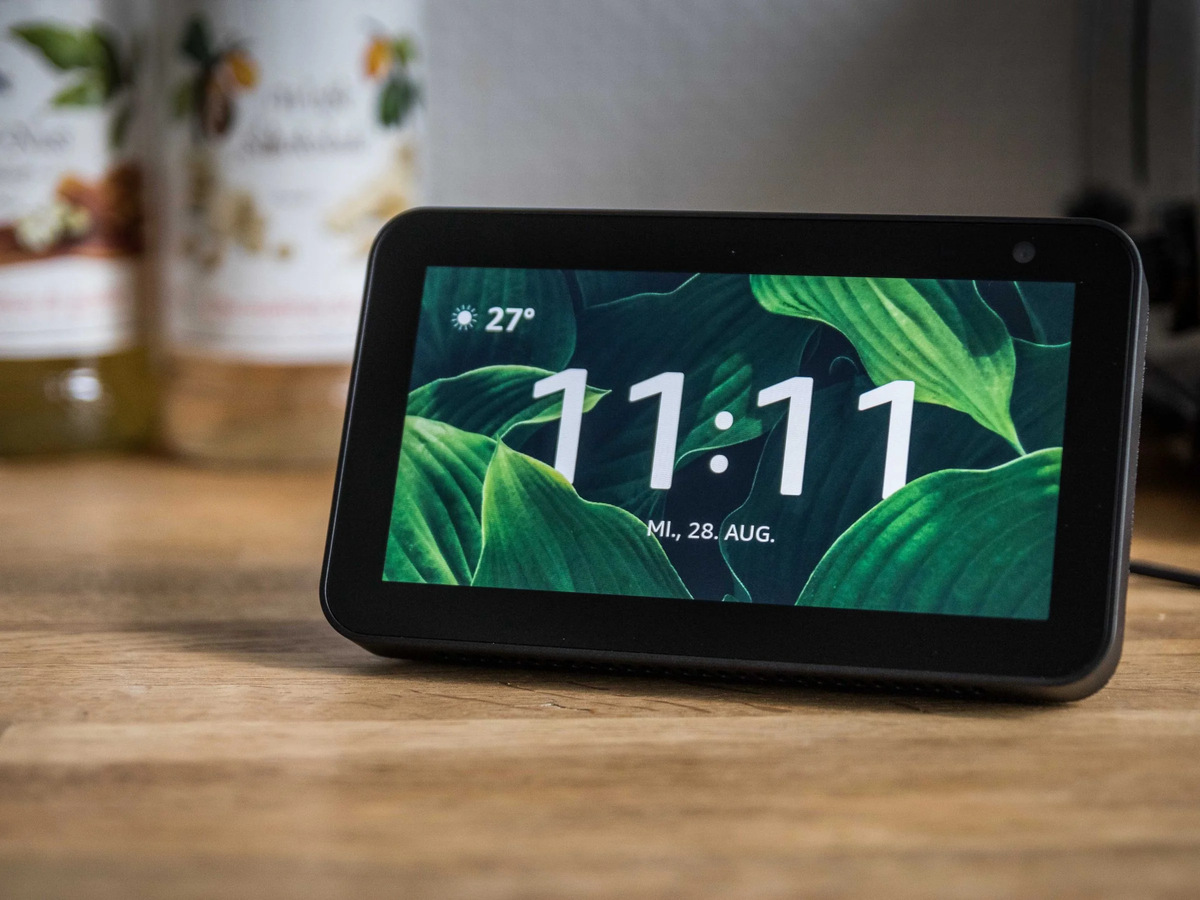
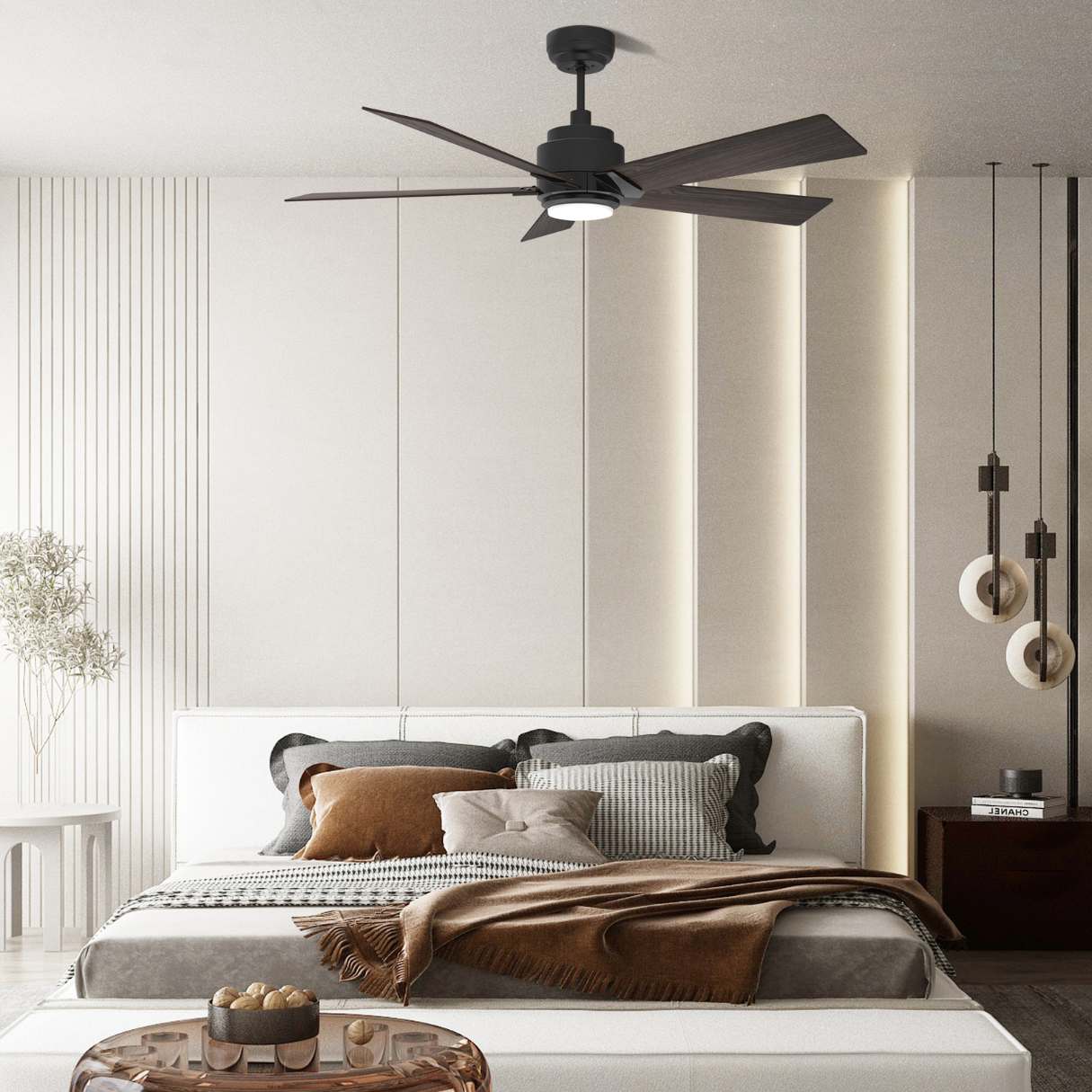
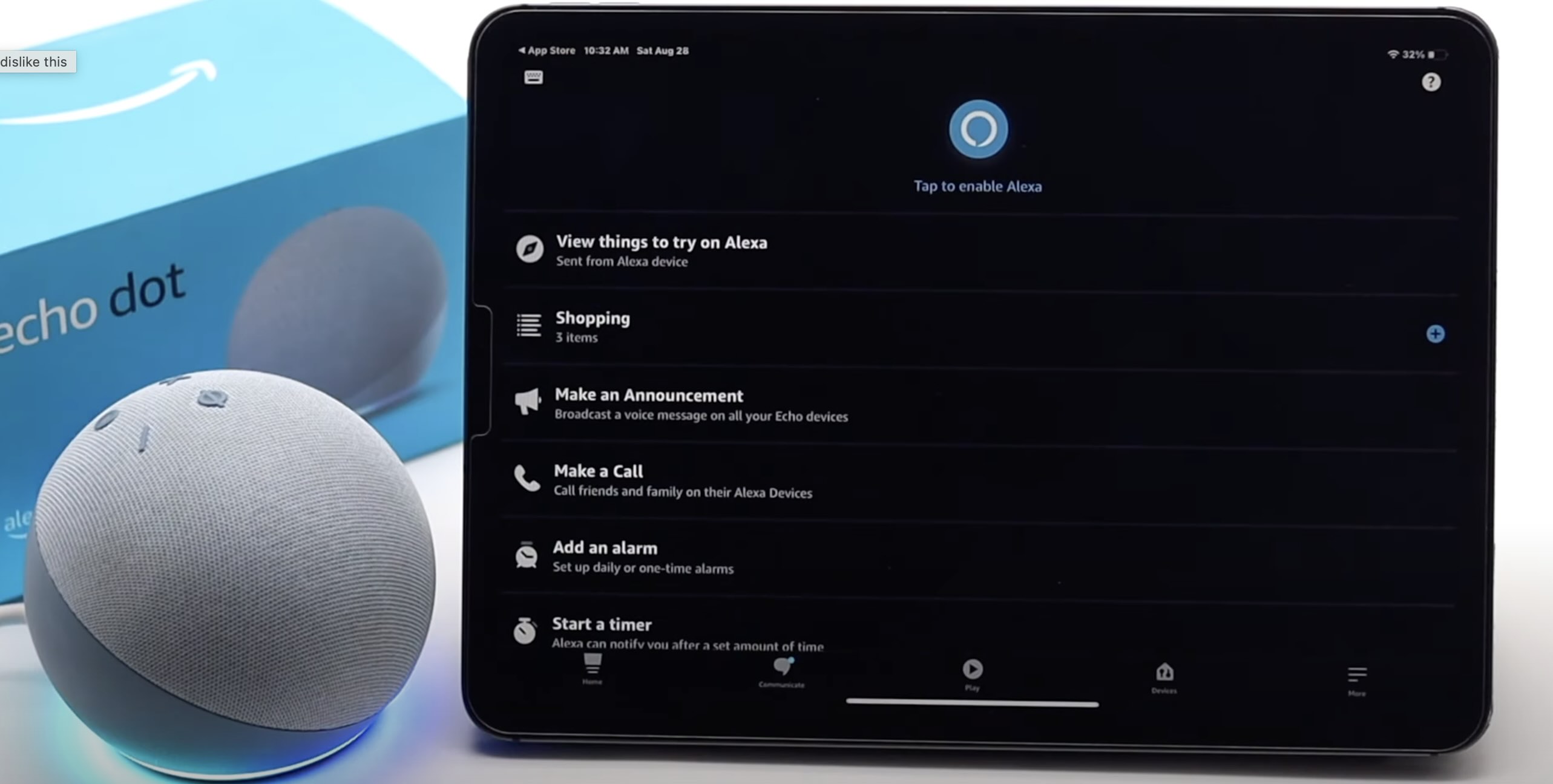
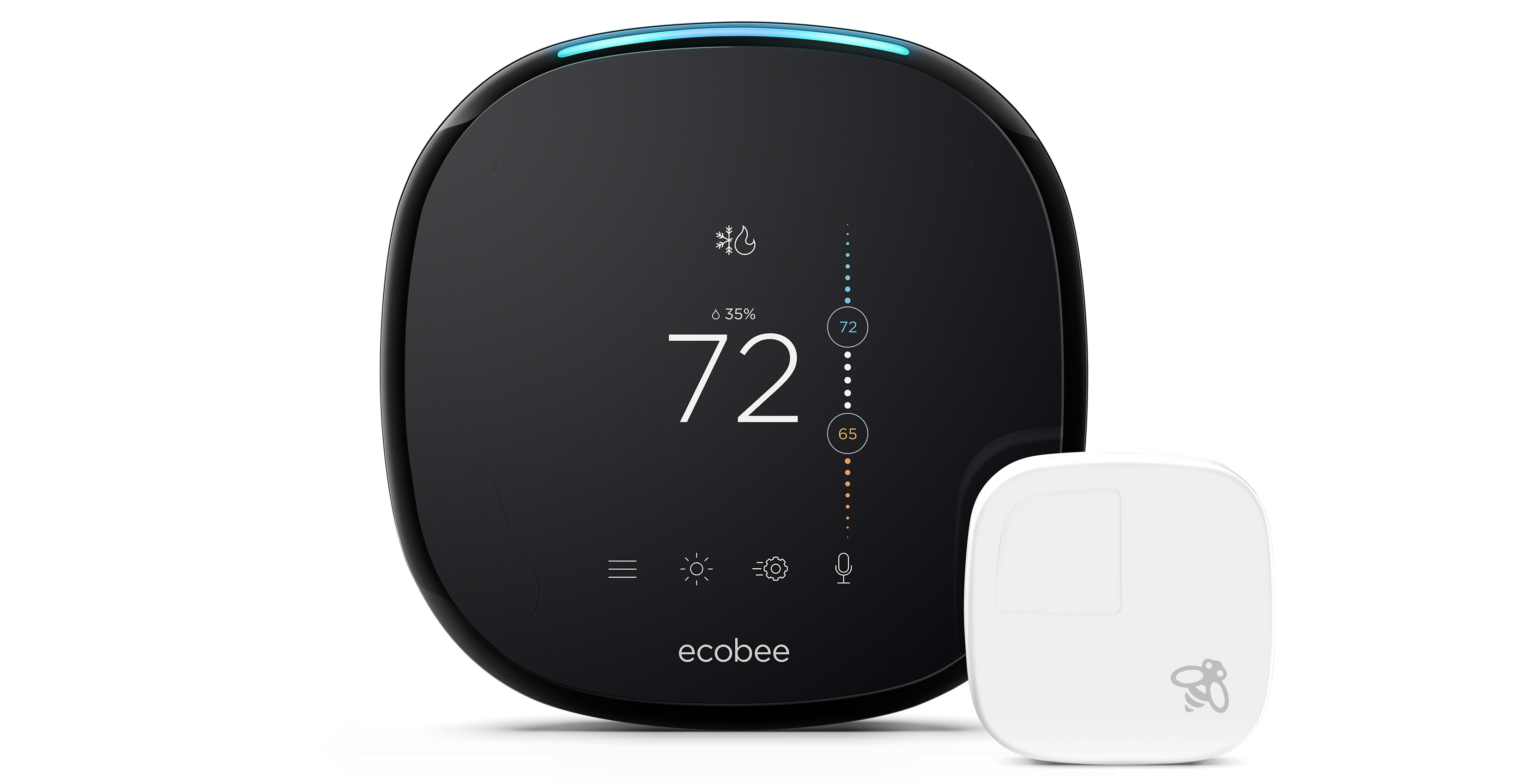
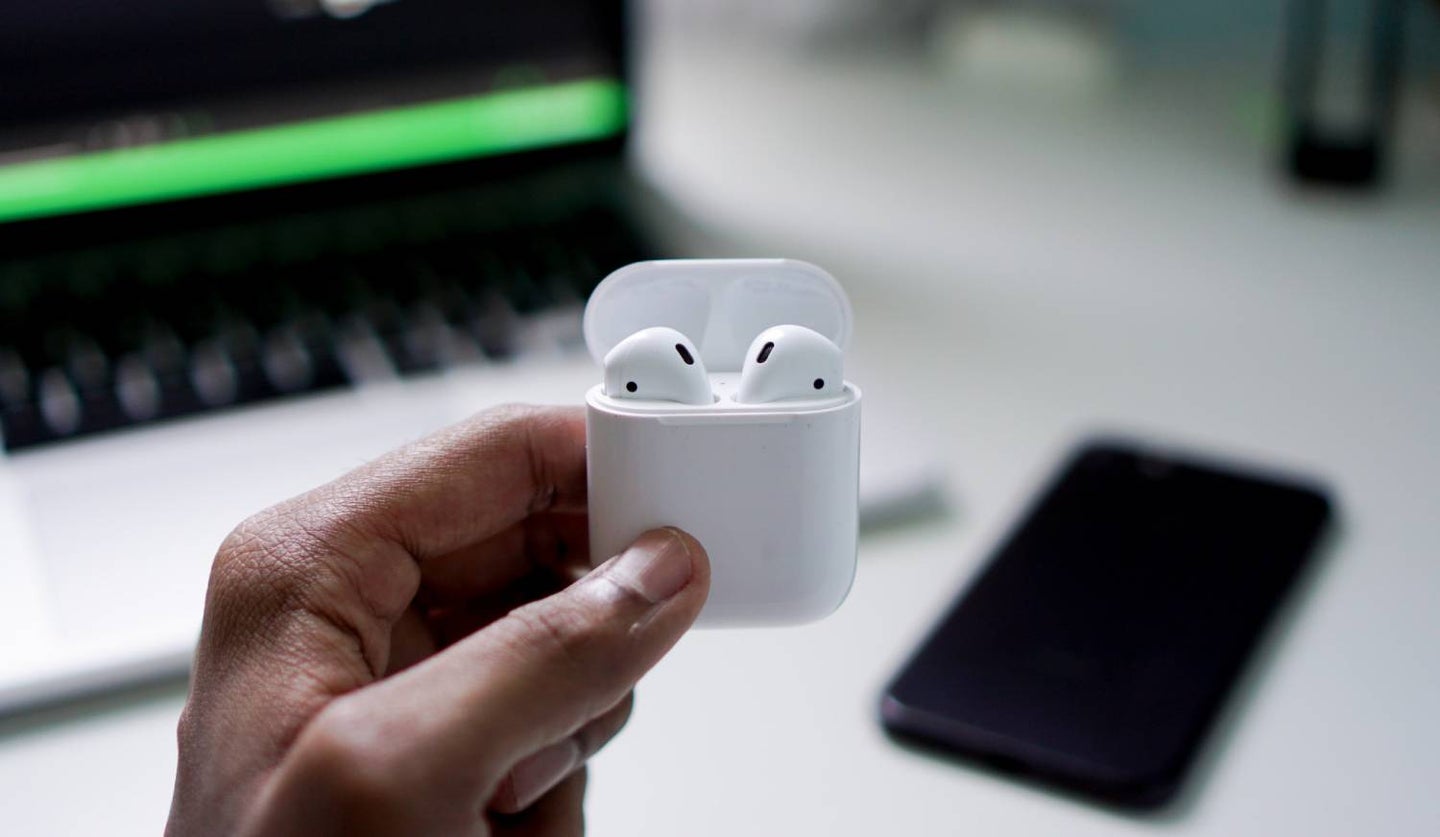
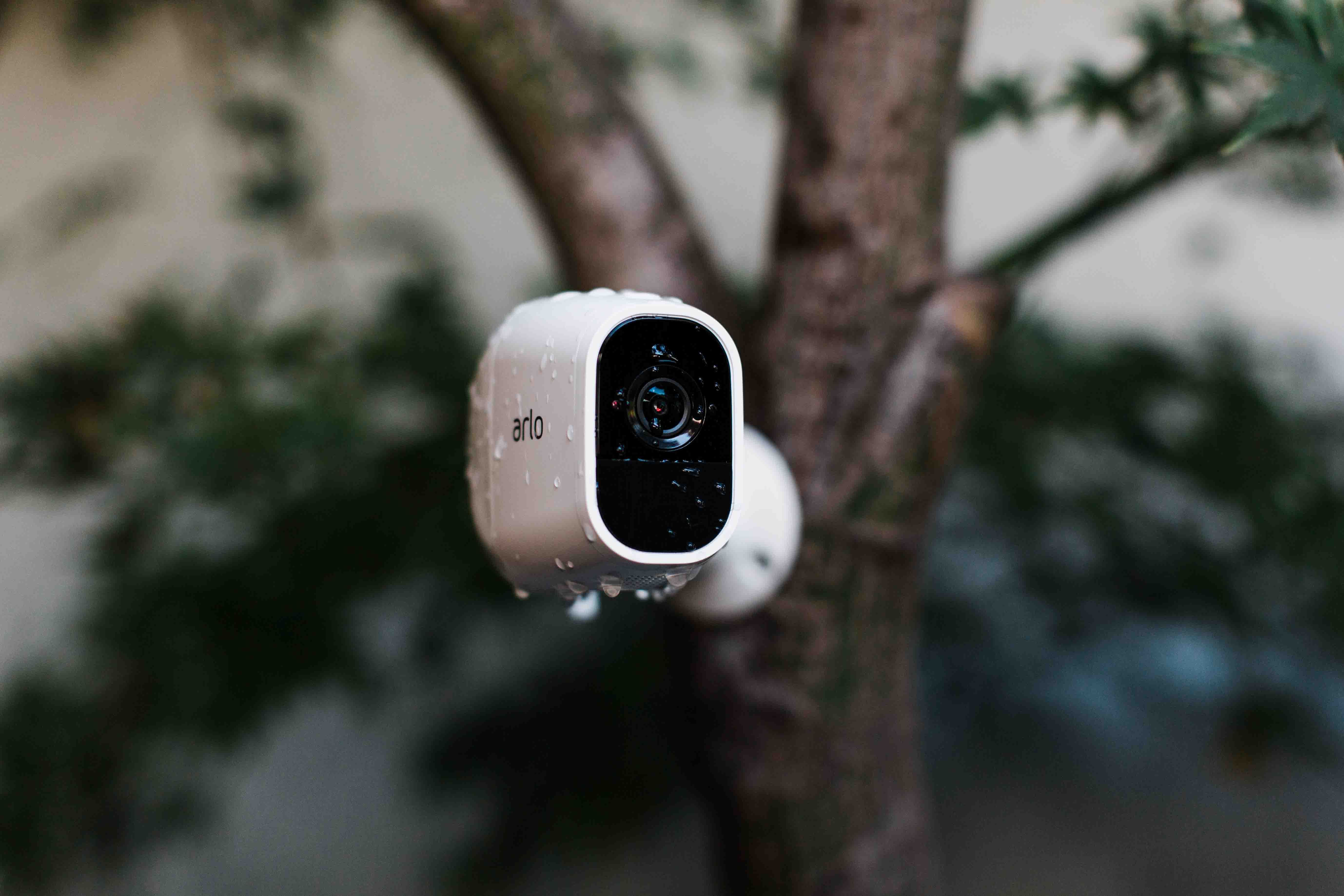
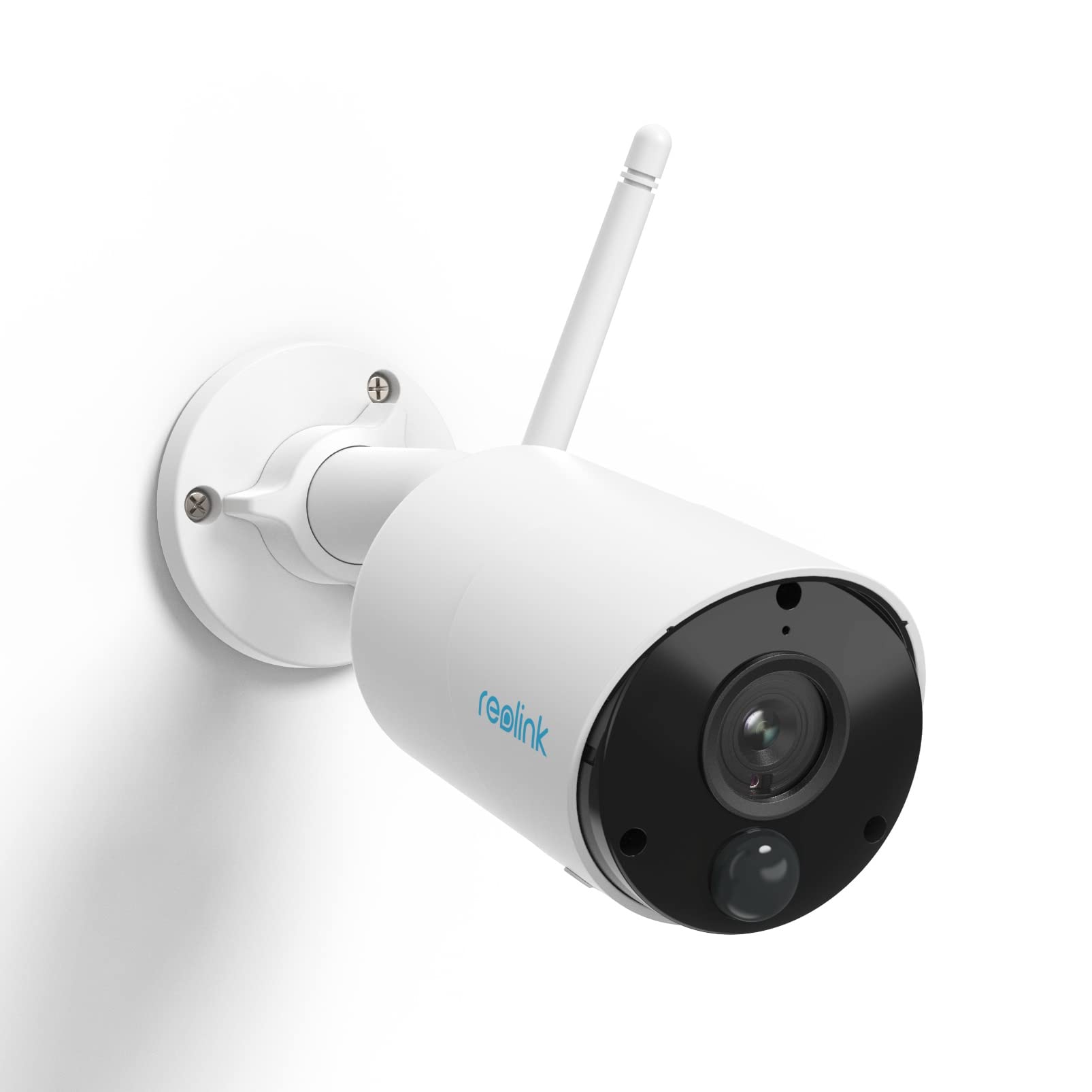
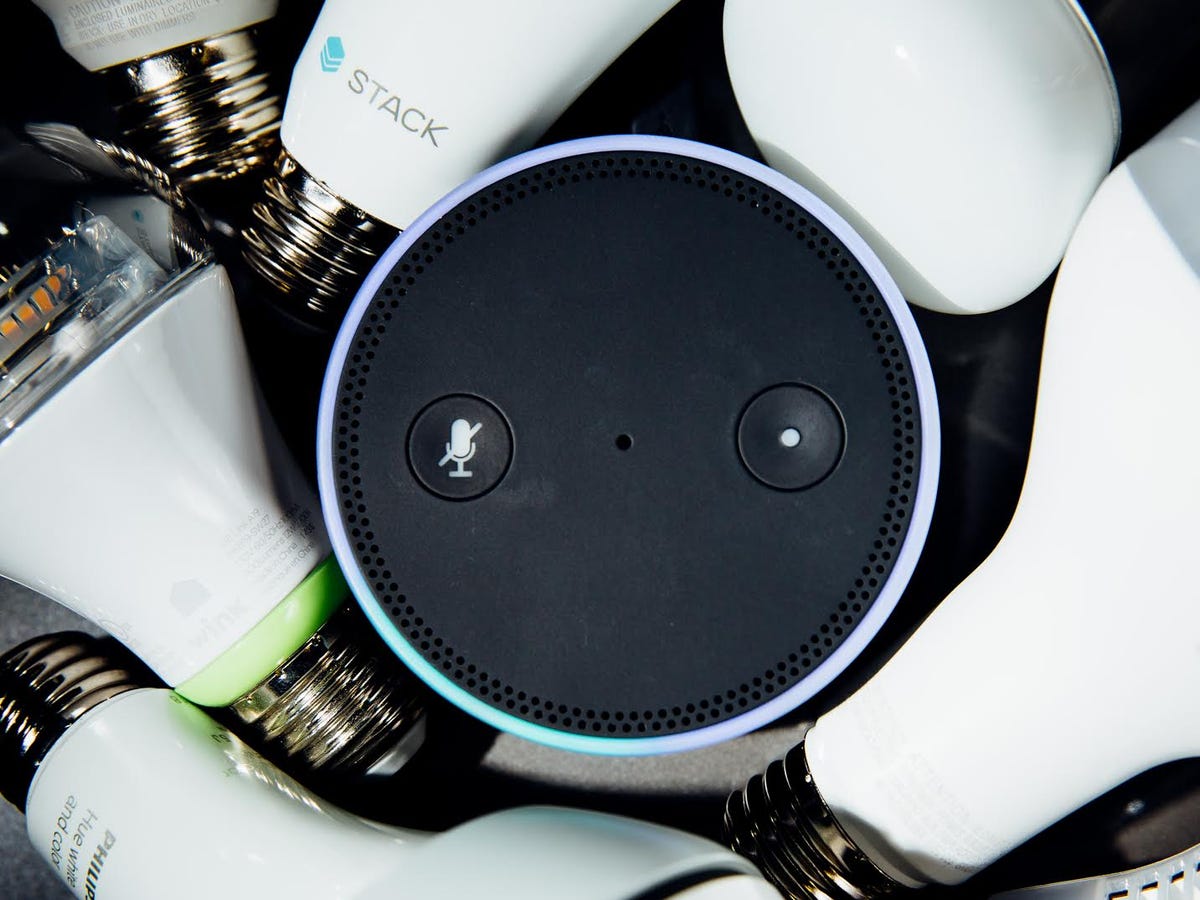
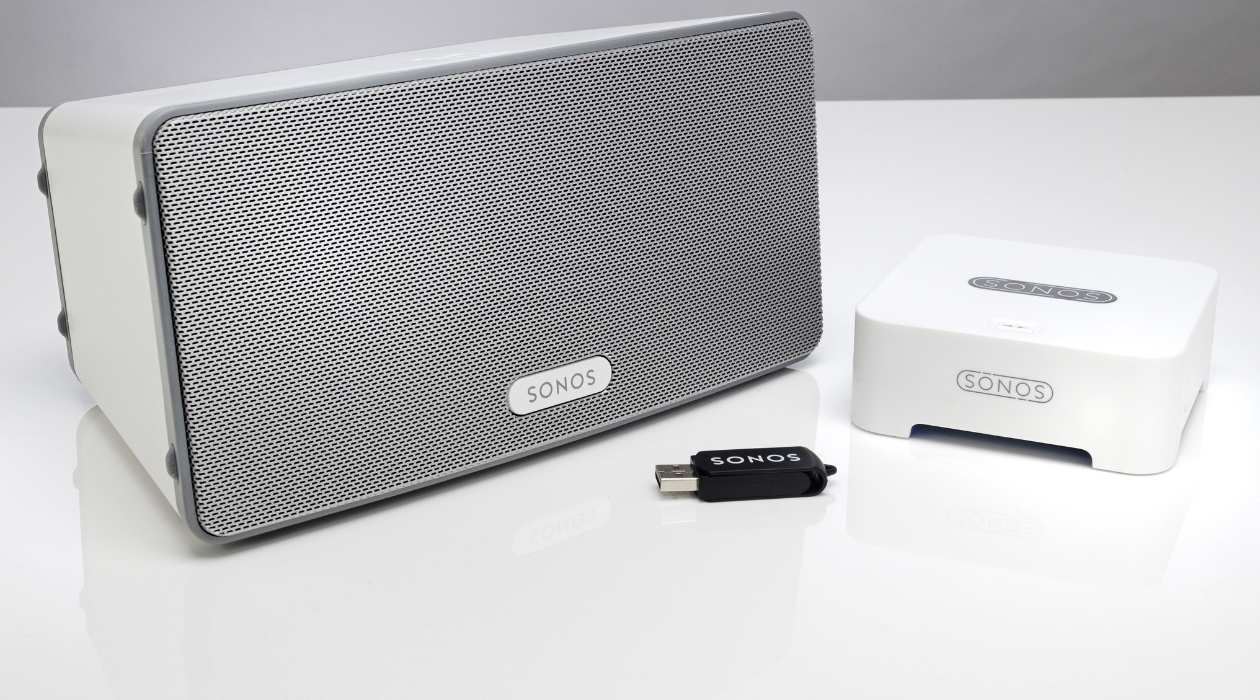
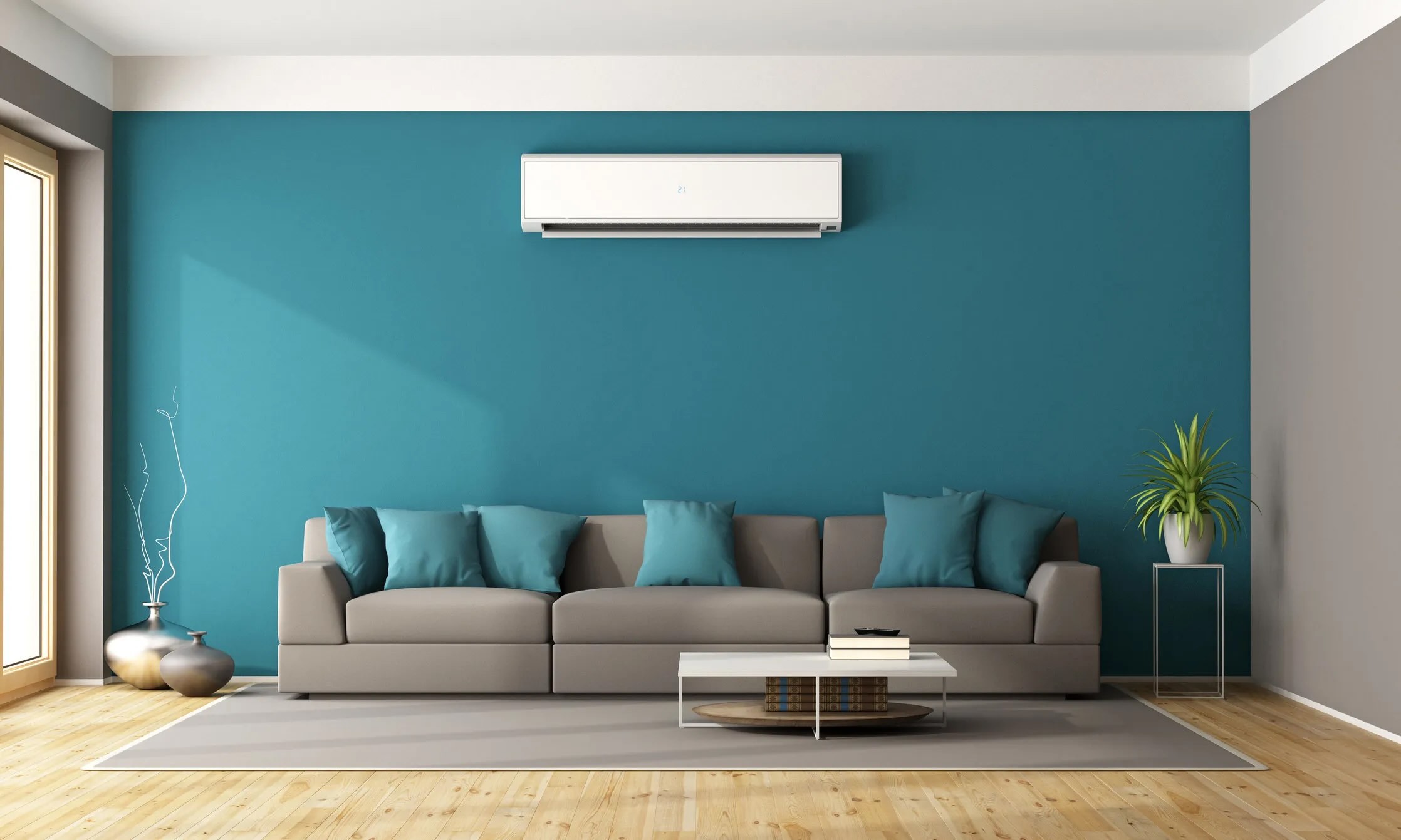
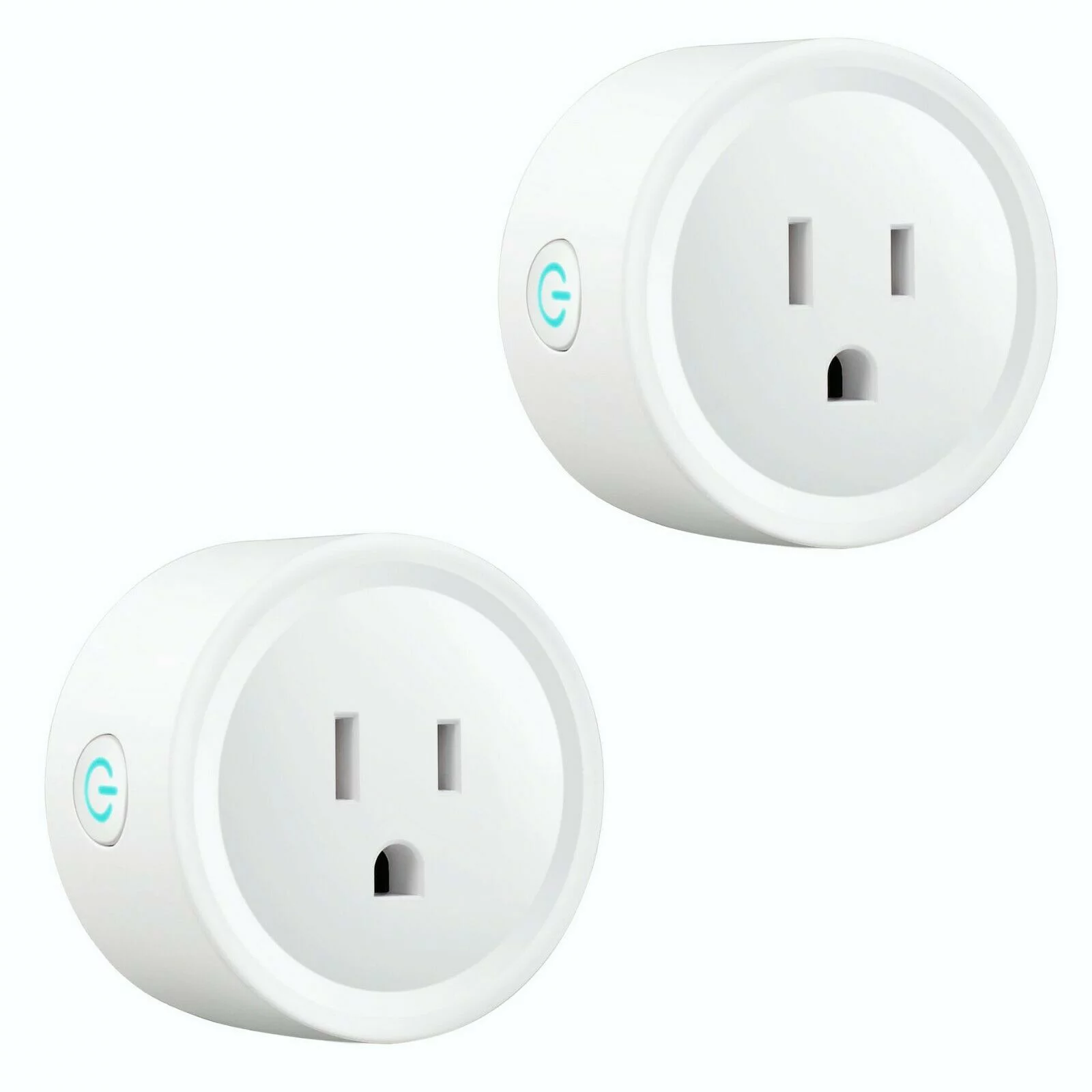
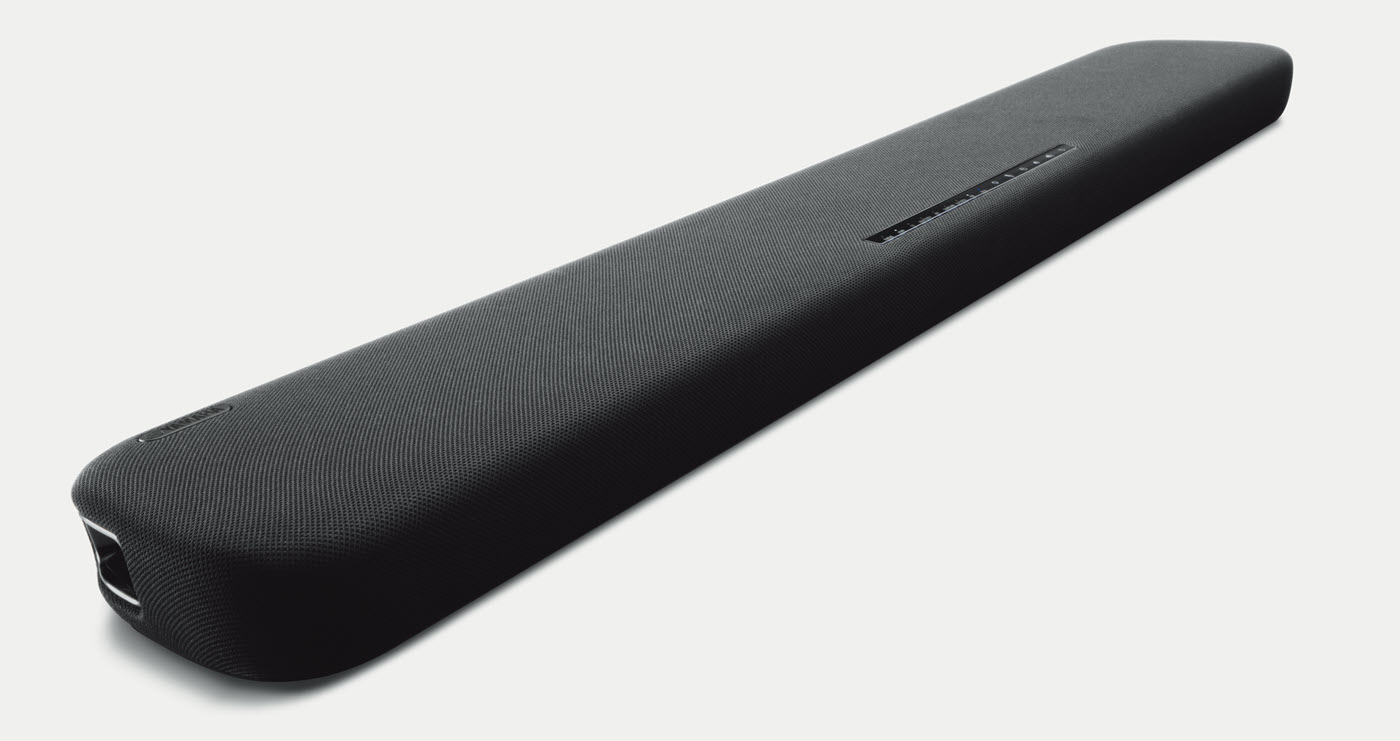
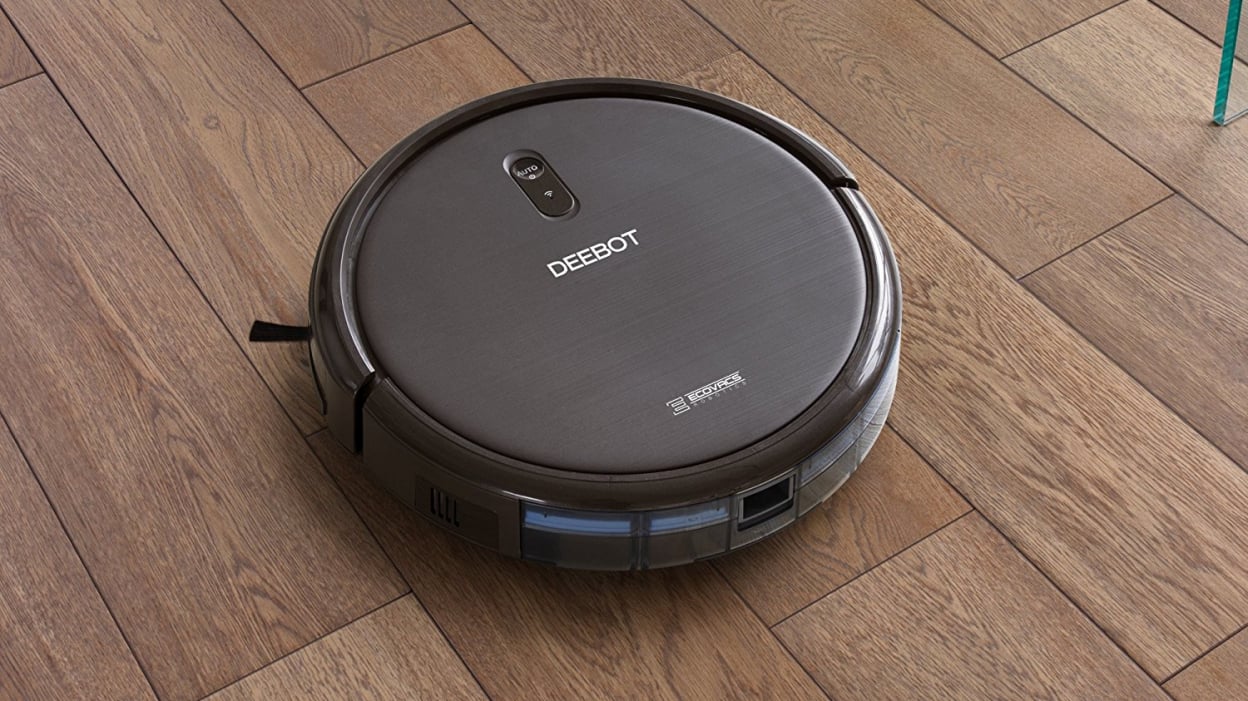
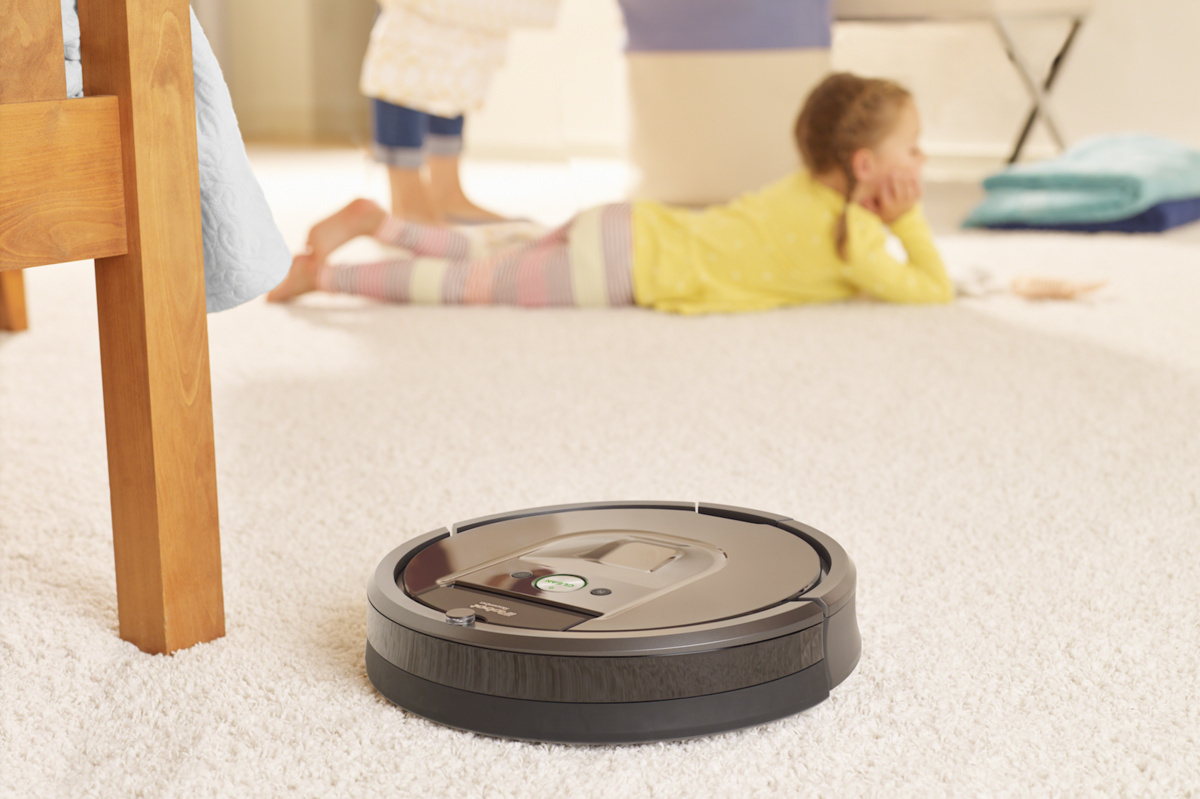

0 thoughts on “How To Connect Aux To Alexa”